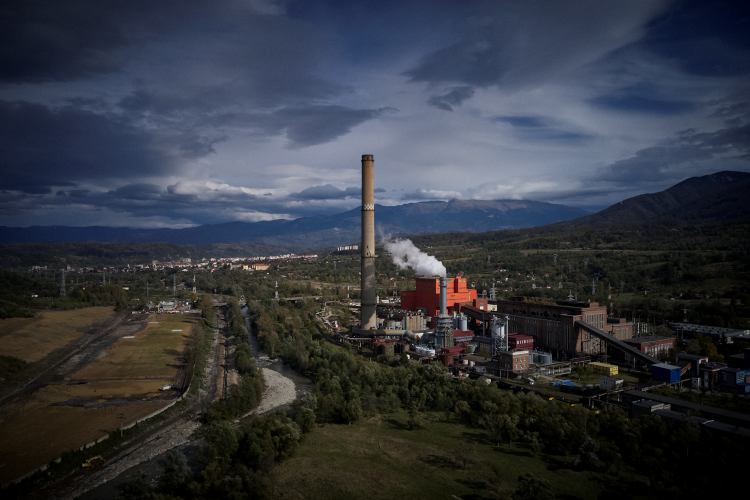
European Union
The EU accelerates its electricity transition in the wake of the energy crisis
Anchor point: Overview
Highlights
67% of the European Union’s electricity was generated from clean sources last year, above the global average of 39%.
The European Union (EU) is now responsible for 4.6% of annual global power sector emissions, down from 13% two decades ago. In 2023, emissions were cut by 19% year-on-year. The bloc is leading the way on wind and solar, which generated 27% of EU electricity in 2023 – double the global average. Fossil fuel generation fell to its lowest level ever at 33%.
The EU reached a significant milestone in 2023, generating more electricity from wind than gas for the first time. Fossil fuel generation declined by a record 19% in 2023 as clean generation accounted for more than two-thirds of EU electricity. Following Russia’s invasion of Ukraine, most EU countries accelerated plans to substantially reduce fossil fuel reliance. A boom in solar installations and clean technology deployment shows the rapid transition to clean energy is well and truly underway.
To limit global temperature rise to 1.5C, the EU must phase out coal by 2030 and fully decarbonise its electricity sector by 2035. Some countries, such as Denmark (88%) and Portugal (74%), already generate most of their electricity from renewables. Others, such as Spain and the Netherlands, plan a major transformation this decade and have seen extraordinary growth in wind and solar in recent years.
Careful planning and investment is needed to drive and maintain this momentum and achieve decarbonised power by 2035. While solar growth is set to meet or potentially exceed EU targets, wind power is facing challenges that need to be addressed if it is to achieve the required growth. The European Wind Charter (signed in December 2023) committed Member States to securing a pipeline for the deployment of wind energy through strengthened targets, national plans and auction design, among other policies. This marked a welcome step forward in tackling wind sector barriers to deployment.
Anchor point: Data

European Electricity Review 2024
Ember’s analysis of the EU electricity transition in 2023: what happened, and what to expect?
Read our EU reviewAnchor point: Insights
Latest insights




Anchor point: Contacts

